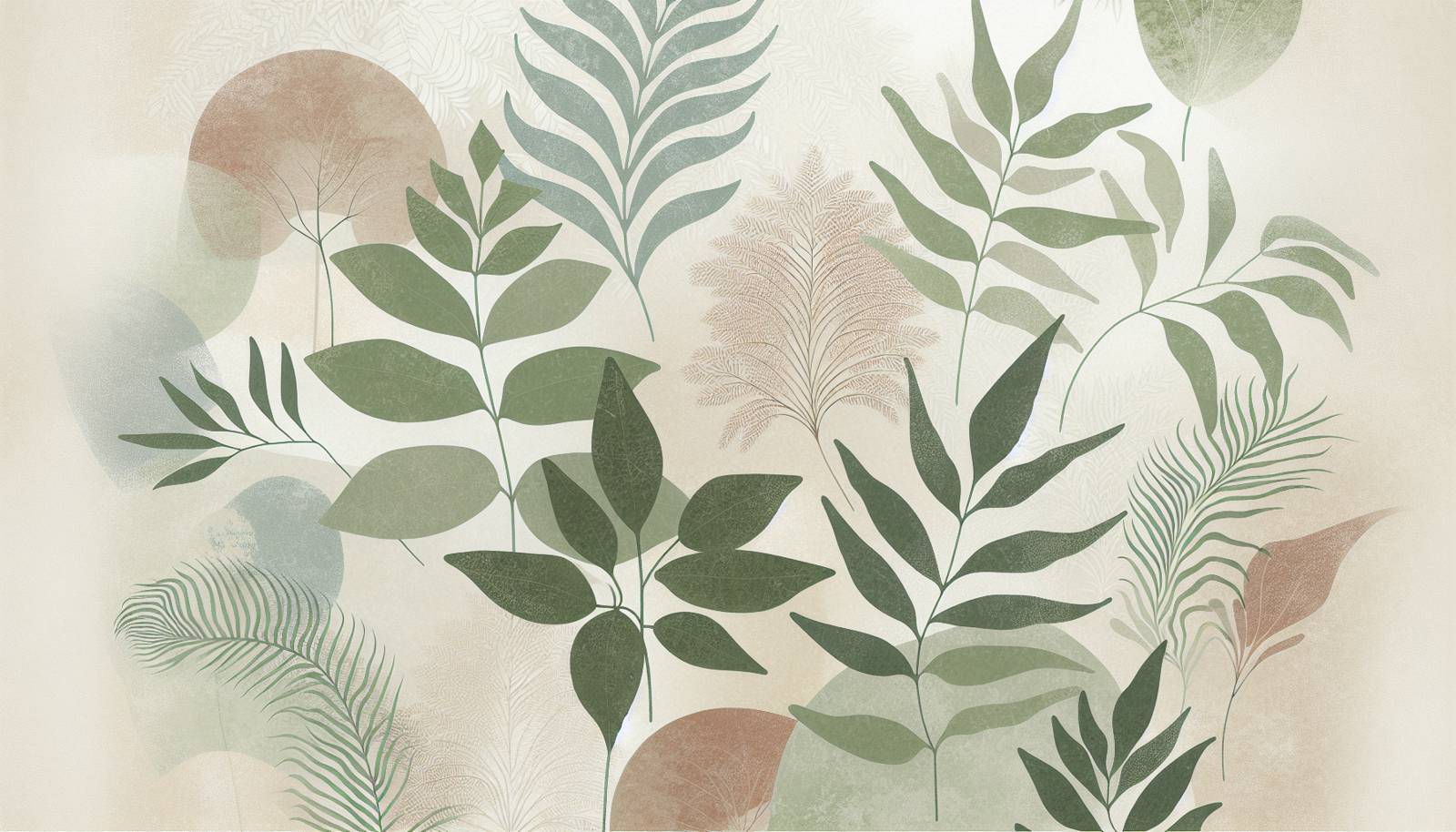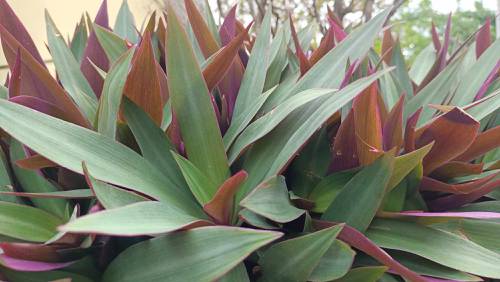
FAQ About Indoor Plant Propagation by Division

What is indoor plant propagation by division?
Indoor plant propagation by division is a method of creating new plants by separating a single plant into multiple parts, each with its own root system. This technique is particularly effective for plants that grow in clumps or have multiple stems arising from the base.

Which indoor plants are suitable for propagation by division?
Many indoor plants are suitable for propagation by division, including Spider Plants (Chlorophytum comosum), Peace Lilies (Spathiphyllum), Boston Ferns (Nephrolepis exaltata), and Pothos (Epipremnum aureum). Plants with a clumping growth habit or bulbs are generally ideal candidates.

How often should indoor plants be divided?
The frequency of dividing indoor plants depends on the species and their growth rate. Generally, plants should be divided every 2 to 4 years or whenever they become overcrowded in their pots, showing signs such as poor growth or yellowing leaves.

What tools are needed for plant division?
Basic tools needed for plant division are a clean, sharp knife or garden shears, gloves, and pots or containers for the new plants. It's also helpful to have fresh potting soil and sometimes a trowel to make the process easier.

What are the steps to propagate indoor plants by division?
First, remove the plant from its pot and gently shake off the soil to expose the roots. Carefully separate the plant into smaller sections by hand or with a knife, ensuring each section has roots. Re-pot each section in fresh soil and water thoroughly.

Can plant division harm indoor plants?
When done correctly, plant division should not harm indoor plants. However, it must be done with care to avoid damaging roots. Providing the right environment post-division, such as appropriate light and water, is crucial for recovery and growth.

What time of year is best for dividing indoor plants?
The best time to divide indoor plants is during their active growing season, typically in spring or early summer. This timing helps the plant recover more effectively and allows for robust new growth.

How can I tell if a plant is ready to be divided?
A plant is ready to be divided if it has become root-bound (roots tightly packed) or if it shows signs of overcrowding, such as diminished growth, yellowing leaves, or is outgrowing its current container.

What are some common challenges when propagating plants by division?
Common challenges include root damage during the separation process, transplant shock, and ensuring each divided section has enough roots to thrive. Proper care like adequate watering, lighting, and soil quality can mitigate these issues.

How should indoor plants be cared for after division?
After division, plants should be watered thoroughly but not overwatered. Keep them in a warm, well-lit area, but avoid direct sunlight initially. Monitor the plants for signs of stress and ensure they have proper drainage.

Can all indoor plants be propagated by division?
Not all indoor plants can be propagated by division. Only plants that naturally grow in clumps or have multiple stems, such as many perennials, are suited for this method. Plants with a single main stem are not candidates for division propagation.

How much time does it take for divided plants to recover?
The recovery time for divided plants can vary depending on the plant species, size, and care provided. Generally, plants may take several weeks to several months to fully establish and show new growth.

Can division be used for rejuvenating old indoor plants?
Yes, division is a great way to rejuvenate older indoor plants. It removes crowded or unhealthy parts and stimulates new growth, often leading to more vigorous and healthier plants.

Is sterilization necessary for tools used in plant division?
Yes, sterilization of tools is important to prevent the spread of diseases. This can be done by cleaning them with a solution of bleach and water or using commercial disinfectants before and after use.

How do I deal with root-bound plants during division?
For root-bound plants, you may need to carefully tease apart the roots with your hands or a tool. It's important to gently untangle as much as possible without causing damage, to ensure the sections you divide can grow independently.

Can division be used to control plant size?
Yes, division can effectively control the size of a plant by reducing it in the process of separating it into smaller plants. This is particularly useful for maintaining indoor plants within the desired space.

What should I do if a divided plant section doesn't survive?
If a divided plant section fails to survive, remove it carefully to prevent disease spread. Consider environmental factors like lighting, watering, and soil quality that might have affected its health, and make adjustments for remaining plants.

Do divided plant sections need extra nutrients?
Divided sections usually benefit from a diluted balanced fertilizer after a few weeks, once they begin showing signs of new growth. Avoid fertilizing immediately after division to prevent stressing the plants.

Should I water plants immediately after dividing them?
Yes, it is crucial to water plants immediately after division to help settle the soil around the roots and reduce transplant shock. However, be careful not to overwater, which can lead to root rot.

How do you handle particularly stubborn or woody roots during division?
For stubborn or woody roots, it may be necessary to use a sharp knife to carefully separate them. Try to keep cuts clean and avoid shredding. Ensuring each division has a part of the root system will help with successful propagation.
